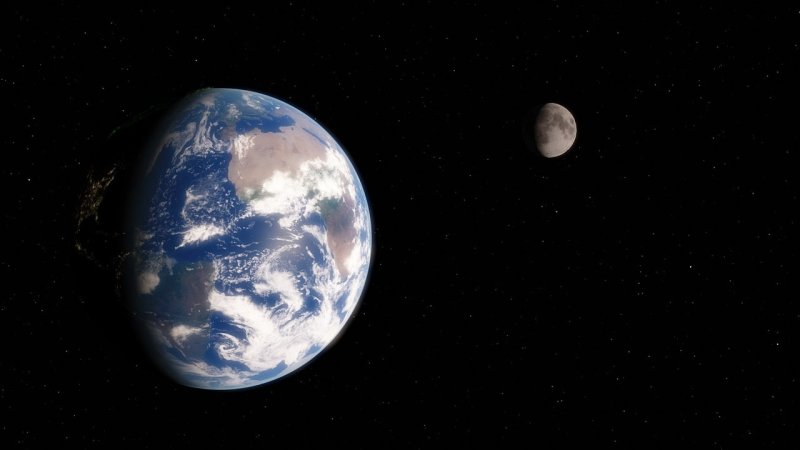

According to the LeRavi Imagine a day shorter than 24 hours—not a modern occurrence, but a fact millions of years ago. Around 70 million years ago, at the end of the Cretaceous Period, Earth’s days lasted about 23.5 hours. Why? Because the moon was much closer then, exerting a stronger gravitational pull on Earth’s rotation.
This isn’t just theory; scientists have concrete evidence from studying the growth rings in fossilized seashells. Much like tree rings, these lines tell the story of daily and yearly cycles. A 2020 study published in Paleoceanography and Paleoclimatology analyzed shells from the bivalve Torreites sanchezi, revealing that the year contained 372 days back then. Based on this, each day was significantly shorter due to the moon’s closer proximity.
The moon itself was born from a cataclysmic collision around 4.5 billion years ago, when a Mars-sized object slammed into the young Earth. The debris from this impact eventually coalesced to form the moon, which initially hovered much nearer to the planet. Early on, the lunar disk took up a massive portion of the night sky, playing a powerful role in Earth’s rotation and tides.
You might wonder why the moon continues to move outward today. The key lies in tidal forces. Earth’s rotation pulls ocean water into two bulges aligned roughly with the moon’s gravitational pull, creating high tides.